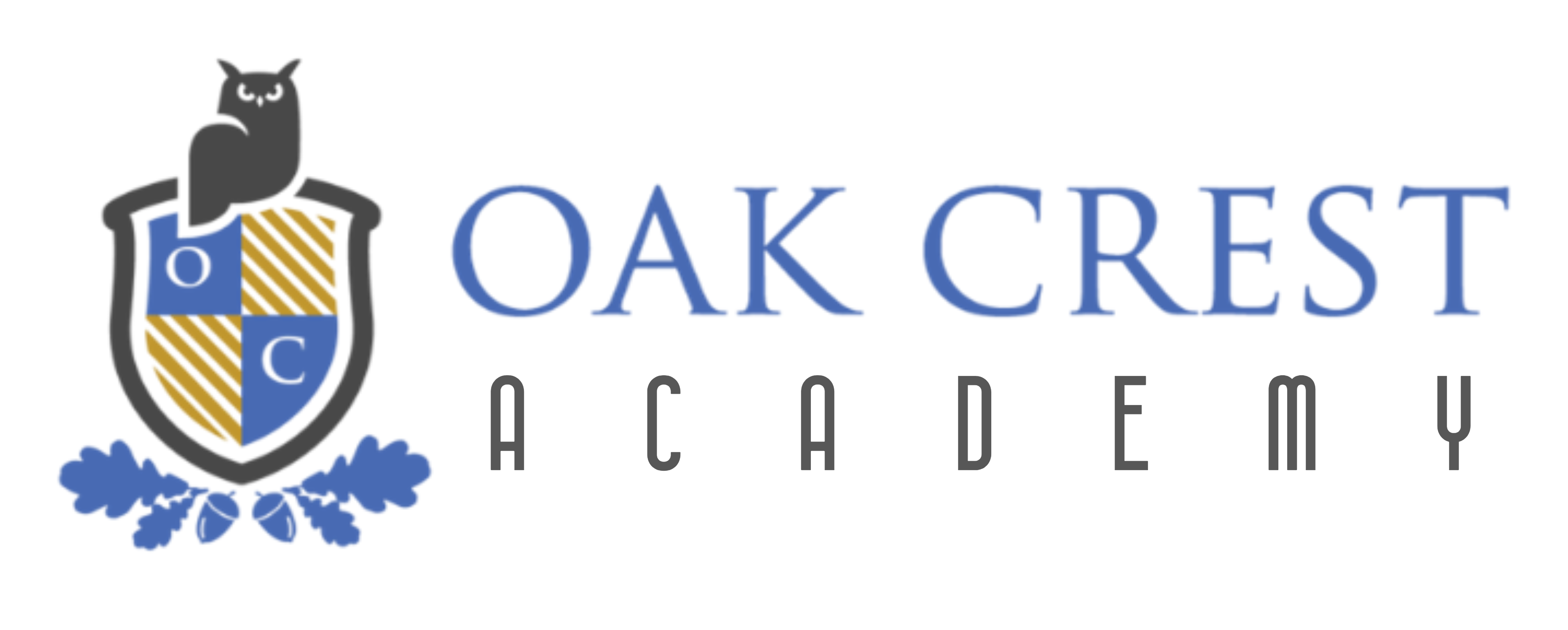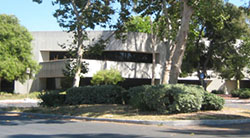
The term “bullying” can refer to a wide variety of behaviors and subgenres. Generally, bullying manifests in any way a person or group of people are singled out for aggressive, insulting, or abusive behavior.
Bullying can be especially present in the lives of gifted children, who may be academically or intellectually beyond their classmates, but on par with or even behind them socially or emotionally. At times, giftedness can co-exist with developmental or learning disorders, making it even more difficult for exceptional children to mesh with their peers. Some gifted children process sensitivity in different ways from average students, which means addressing sources of and solutions to bullying may present a myriad of challenges.
Parents and educators can help defuse a bullying situation by recognizing the different ways in which it appears. While all children should be monitored for signs of either suffering from bullying or becoming a bully, gifted students are especially at risk.
Physical Bullying
Physical bullying is what most think of when the topic of bullying is addressed. It involves shoving, punching, kicking, tripping, physical intimidation and threats, or any other method of violence upon the body. While the physical form of bullying is the easiest to identify, it can also be difficult to stop amongst students, as adults cannot monitor every child at all times. It can take place on or off school property, and may or may not result in a need for emergency treatment.
While some students manifest their exceptionalism in physical or athletic gifts, others do not, and may be especially challenged when called upon to physically fend off older or larger peers. Gifted students who have skipped a grade or grades may find themselves at an immediate and long-lasting disadvantage when it comes to defending themselves from physical bullies. Students coming into constant contact with classmates who have difficulty managing anger, who are steeped in abusive environments, or who fear social rejection among their group are at risk for physical bullying.
Verbal Bullying
Verbal bullying is more common with female students. It can be more difficult for adults to notice, as whispers to peers or silent texts in a classroom are harder to catch than a sprawling fight on the playground or in a hallway. Verbal bullying involves name-calling, racial slurs, chants, or other aspects of uncivil behavior designed to demean, dehumanize, or otherwise isolate the victim.
Since gifted students have by definition already set themselves apart from their peers, verbal bullying can be difficult for them to comprehend. Giftedness is often accompanied by a heightened sense of social distinction, and children who are verbally exceptional may be especially devastated by taunts or insults. Because of the astute way many of them process the world around them, verbal bullying can cut gifted students deeply.
Undetected Relational Aggression on Gifted Youth
Relational aggression may be the most difficult form of bullying to discern and eradicate. It involves “stealth bullying” in the sense that it involves a student or group of students using social status to demean, exclude, or socially eradicate their peers. Some practices of relational aggression even appear in the manner of students encouraging one another to a dislike and organize around a target.
Far more complex than a punch thrown in a cafeteria or a mocking name shouted in the hall, relational aggression can arise from envy or a desire to cement one’s social status. It is more prevalent with girls than boys, and most often appears at the age when children become most preoccupied with finding their social footing—from the fifth through the eighth grades. Relational aggression can take on a variety of modes: spreading false rumors, ostracism, practical jokes, or enforcing “rules” of cliques.
Because adults cannot force students to befriend other children, choose their close social circles or monitor all their conversations, relational aggression can easily go undetected. It can also create the most harm and self-esteem damage for those who suffer under its subtle but constant pressure. While the vast majority of children this age swap friends at a moment’s notice and begin to show increased anxiety about where they fit in socially, those who are gifted usually withstand additional scrutiny and cruelty.
Many gifted students already may find it difficult to relate to their typical classmates due to the special attention or recognition they may receive. In addition, they may be especially interested in unusual childhood topics such as advanced chemistry, international literature, or nontraditional sports or instruments. Consequently, most have already been identified as different from their peers. Their tendency to have stronger social relationships with adults than others their own age can add to the impression that they are detached from others. All of these aspects are a tinderbox for relational bullying, particularly girls.
Cyberbullying
The latest addition to bullying nomenclature, the term cyberbullying appeared with the advent of social media. Even if they weren’t bullied as children, many adults might relate to cyberbullying. Those who have been stalked or shamed online have experienced its capacity to upend lives. Like relational bullying, cyberbullying can easily pass beneath the notice of even the most watchful adult.
Cyberbullying can include damaging, threatening, or insulting texts. It might also appear as comments on social media profiles, or the distribution of debasing memes, photographs, or websites. The same abuse which appeared in “slam books,” once passed hand to hand, now appears instantaneously and for an entire school system to see. By circulating embarrassing photos, quickly-built hate sites, and circumventing adults with messaging apps or texts, many older students find a fast way around usual bullying stopgaps.
Some students who are technologically, artistically, or verbally gifted are especially at risk for cyberbullying. While some might disconnect from social media to avoid it, others can experience defaced artwork, social exclusion organized via chat apps, or an onslaught of nasty comments on a public communication forum.
Bullying materializes in many forms, and its impacts can last a lifetime. Contact with other gifted children or trusted mentors is helpful in guiding gifted youth who have been bullied through this difficult phase.




